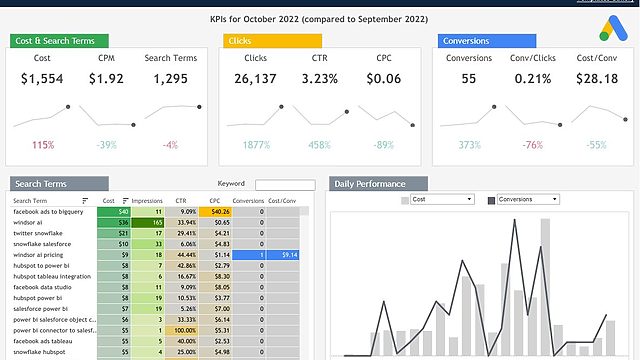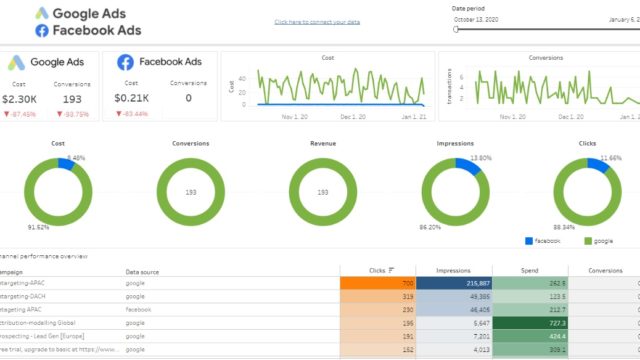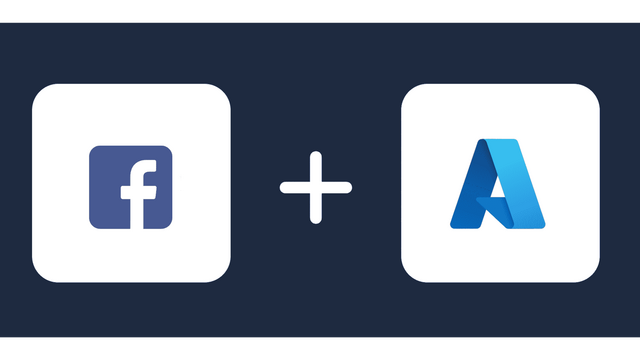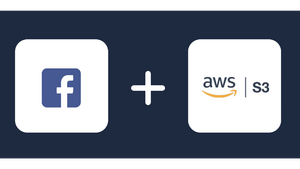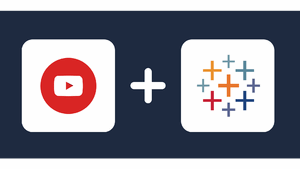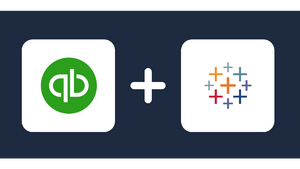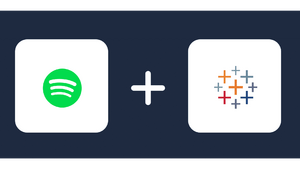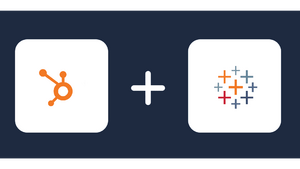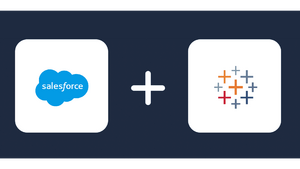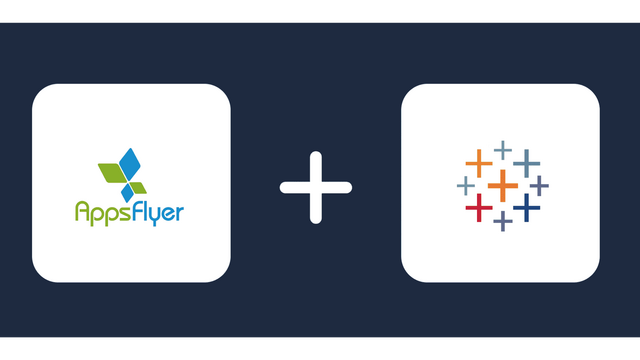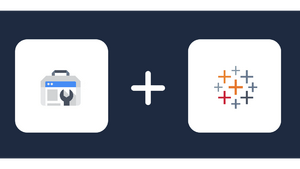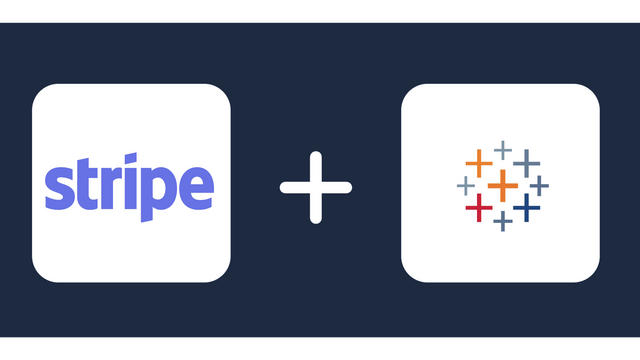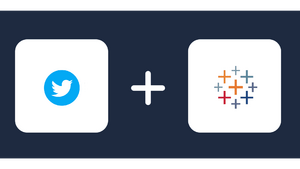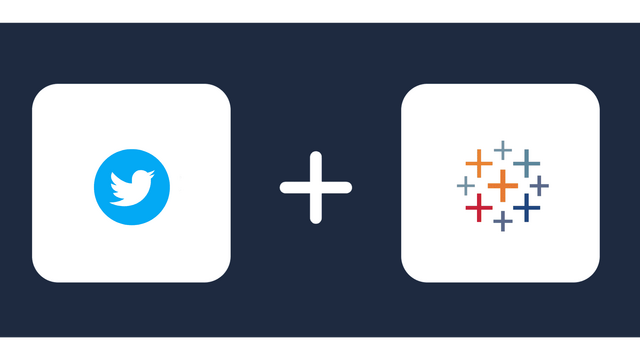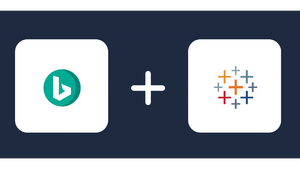
Analyze Your Metrics from Facebook Ads in Tableau
About Facebook Ads
About Tableau
Introduction
Facebook ads Tableau integration allows you to connect data from Facebook ads to Tableau.
Virtually everyone uses Facebook, as it is the largest social media platform. With about 3 billion monthly active users, Facebook is one of the most powerful tools for businesses to reach their customers.
Facebook Ads is the marketing arm of Facebook. It allows individuals and businesses to advertise to their target audience on Facebook’s social media platform.
Tableau is a business intelligence and data visualization solution that allows you to import data from different databases and spreadsheets to create powerful visualizations.
So, connecting Facebook Ads to Tableau allows you to create powerful Tableau dashboards for Facebook Ads, which helps you understand your data better and make better decisions.
Importing Facebook Ads to Tableau requires a Tableau Facebook Ads connector like Windsor.ai.
This Facebook Ads Tableau integration guide will explain these points in detail. At the end of this guide, you’ll be able to connect Facebook Ads to Tableau in a few clicks to turn your data into actionable insights.
Why Connect Tableau to Facebook Ads?
With Facebook knowing so much about its users, running Facebook Ads is one of the best ways to reach the right people with your message.
The key to getting the most out of your Facebook marketing campaign is tracking your Facebook Ads data to gain insights into how the ads perform. The data include the number of people who see your ad, the number of people who click on the ad, etc.
By tracking how well your campaigns are performing toward your marketing goals, you will understand what works and doesn’t and know how to optimize future ads.
Visualizing your Facebook Ads data helps you understand your data better for actionable insights. While you can use Facebook Meta Ads Manager to see a visual representation of your ads performance, it has limited visualization capabilities. So, it may not present the data in an easy way to understand and act upon.
Tableau is one of the best visualization tools, allowing users to extract data from a data source and present it in a way that is visually appealing and easy to understand.
So, connecting Tableau to Facebook Ads helps you create powerful visualizations that facilitate understanding your Facebook Ads data and extracting insights to optimize your marketing campaigns.
Connecting Tableau to Facebook Ads
The easiest and fastest way to connect Tableau to Facebook Ads data is using the Windsor Tableau Facebook Ads connector.
With the Windsor connector, Facebook Ads Tableau integration takes only a few steps, which are:
- Log in to your Windsor.ai account
- Select Facebook Ads as a data source
- Select Tableau as a destination
- Go to Tableau and open the web data connector

Try Windsor.ai today
Access all your data from your favorite sources in one place.
Get started for free with a 30 - day trial.
Step one: Log in to your Windsor.ai account
Using the Windsor connector for Tableau Facebook Ads integration starts with logging in to your Windsor account.
Go to the Windsor website and click the “login” button at the top right corner of the page. Enter your login credentials (email address and password), and hit the blue “Login” button.
Step two: Select Facebook Ads as a data source
The Windsor connector extracts your data from a data source for fast analysis in a destination. So, the next step in the Facebook Ads Tableau integration using Windsor is to select Facebook Ads as your data source.
You’ll find different data sources in the left-hand navigation pane of the Windsor dashboard. Find “Facebook Ads” and select it.
Grant Access to Windsor.ai by clicking the “Grant Facebook Ads Access” button and following the prompts. Then click “Next.”

Step three: Select Tableau as a destination
The next step is to select the destination you wish to import your Facebook Ads data to. For Facebook Ads Tableau integration, select Tableau as your data destination.
Selecting Tableau as your data destination reveals the connector URL, which you will use in Tableau to extract your data from the data source. Click the “copy” button to copy the connector URL.
Step four: Go to Tableau and open the web data connector
Visit the Tableau website, click the “login” button, and log in with your details. Click to connect “To A Server.” You’ll see some data connections and a “More” option to open up other data connections.
Click “More.” In the expanded list of data connections, find and select “Web Data Connector.”
A window opens requesting the URL of the web data connector. Paste the URL copied earlier into the field. Enter any information you are prompted for, and then submit the page.
The connector will retrieve your data from Facebook Ads and import it into Tableau. Tableau will open a new worksheet, and you can proceed with your analysis and visualizations.

Try Windsor.ai today
Access all your data from your favorite sources in one place.
Get started for free with a 30 - day trial.
Limitations of connecting Facebook Ads to Tableau
The integrations that Tableau connects are databases and data warehouses. It means you must first load your Facebook Ad to a database, then retrieve the Facebook Ads data in Tableau through the database.
Manually extracting and sending data from Facebook Ads to Tableau is time-consuming and tiring. Also, a direct Facebook Tableau connection means you cannot combine your Facebook Ad data with data from other sources.
Final Thoughts
If you advertise on Facebook, you need to track Facebook Ads data to know how well your campaign performs towards your marketing goals.
With Tableau having advanced data visualization features, connecting Facebook Ads to Tableau helps you to build powerful visualizations for your Facebook Ads data, allowing you to see and understand the data better.
Windsor.ai enables Facebook Ads Tableau connection in four simple steps.
Using Windsor.ai to link Tableau to Facebook Ads has many benefits:
- Import data with just a few clicks. Windsor.ai has a very intuitive interface. It allows you to easily import your Facebook Ads data to Tableau in a few easy steps.
- Import your data without needing to code. With Facebook Ads Tableau connection using Windsor.ai, you can perform data transformations to suit your specific business needs without knowledge of SQL.
- Combine data from multiple sources. Facebook Ads is usually just one tool in an organization’s online marketing arsenal. You may also use Google Ads, LinkedIn Ads, etc. The Windsor connector allows you to combine Facebook Ads data with data from other sources and get richer reports.
- Cross-channel data normalization. Different platforms have different terminology for metrics, and that causes discrepancies when combining data from multiple sources. The Windsor.ai connector provides cross-channel data normalization, giving you analysis-ready data with unified naming.
- Provides robust dashboards. Windsor has a variety of powerful dashboard templates (with important Facebook campaign KPIs) for getting deep insights from your Facebook Ads data. So, instead of starting your dashboard from the start, you can choose one of Windsor’s Facebook Ad templates and create your reports in seconds.
- A support team is always available to help you. Using the Windsor.ai connector ensures that you will get it (Facebook Ads Tableau integration) right. While the process is easy enough, the Windsor team is always available to provide help should you need it.
- Cost-effective. The Windsor.ai connector offers a scalable pricing solution that lowers the cost of your analytics infrastructure according to your analytics needs. You can also use Windsor to connect Tableau and Facebook Ads for free, as it offers a 30-days free trial (not requiring you to submit your credit card information).
Ready to start transforming your Facebook Ads data into actionable insights? Sign up for Windsor.ai today and try it for free for 30 DAYS.

Try Windsor.ai today
Access all your data from your favorite sources in one place.
Get started for free with a 30 - day trial.
FAQ
Can Tableau connect to Facebook Ads?
Yes, you can connect Tableau to different data sources (including Facebook Ads) to extract data and transform it into easy-to-understand visual reports for faster decision-making. Windsor.ai allows you to connect Tableau to Facebook Ads in three simple steps.
The connection allows you to create powerful Tableau dashboards for Facebook ads, which help you understand your data better and to extract deeper actionable insights.
Is Looker Studio better than Tableau for visualizing Facebook Ads?
Looker Studio and Tableau are both data visualization tools that organizations use to pull data from different sources (including Facebook Ads data) and present it in easy-to-read formats. However, while Looker Studio is excellent for creating simple data charts, Tableau is a more complex tool for creating more detailed and interactive visual representations.
What are the limitations of connecting Facebook Ads to Tableau?
The integrations that Tableau connects are databases and data warehouses. It means you must first load your Facebook Ad to a database, then retrieve the Facebook Ads data in Tableau through the database.
Manually extracting and sending data from Facebook Ads to Tableau is time-consuming and tiring. Also, a direct Facebook Tableau connection means you cannot combine your Facebook Ad data with data from other sources.
Templates fo Facebook Ads and Tableau
Facebook Ads metrics & dimensions available for streaming into Tableau
Extract Facebook Ads data to Tableau with Windsor.ai
See the value and return on every marketing touchpoint

Providing 70+ marketing data streams, we make sure that all the data we integrate is fresh and accessible by marketers, whenever they want.

Spend less time on manual data loading and spreadsheets. Focus on delighting your customers.

